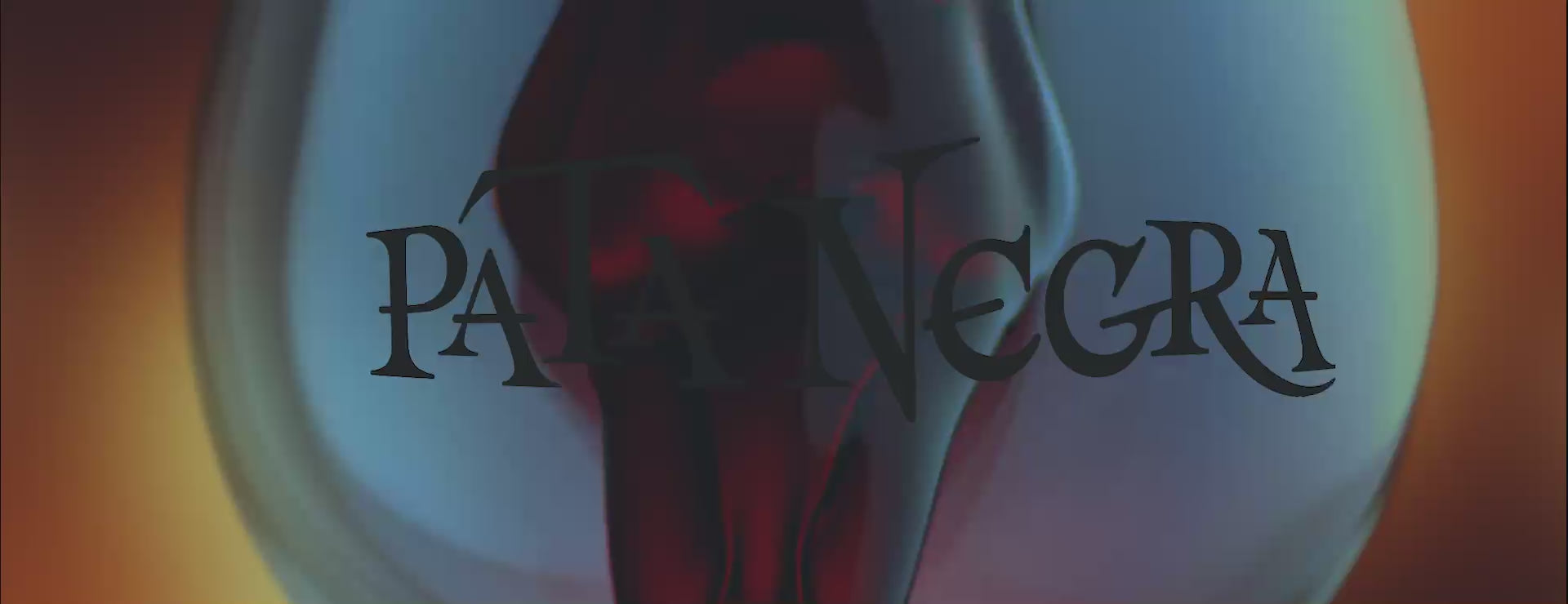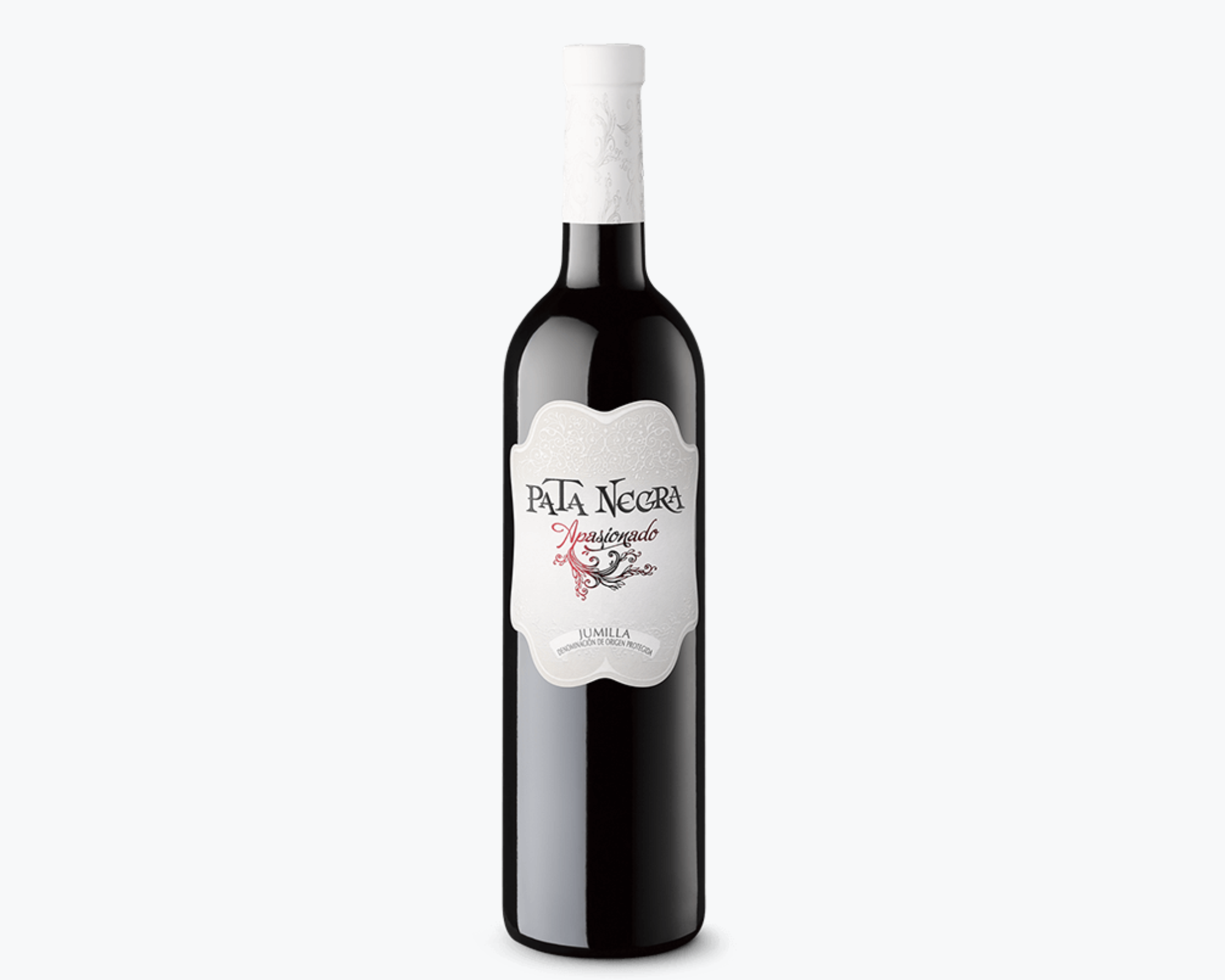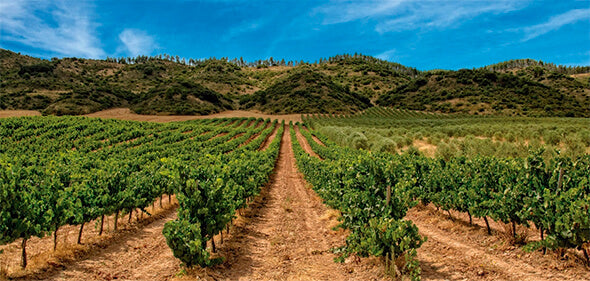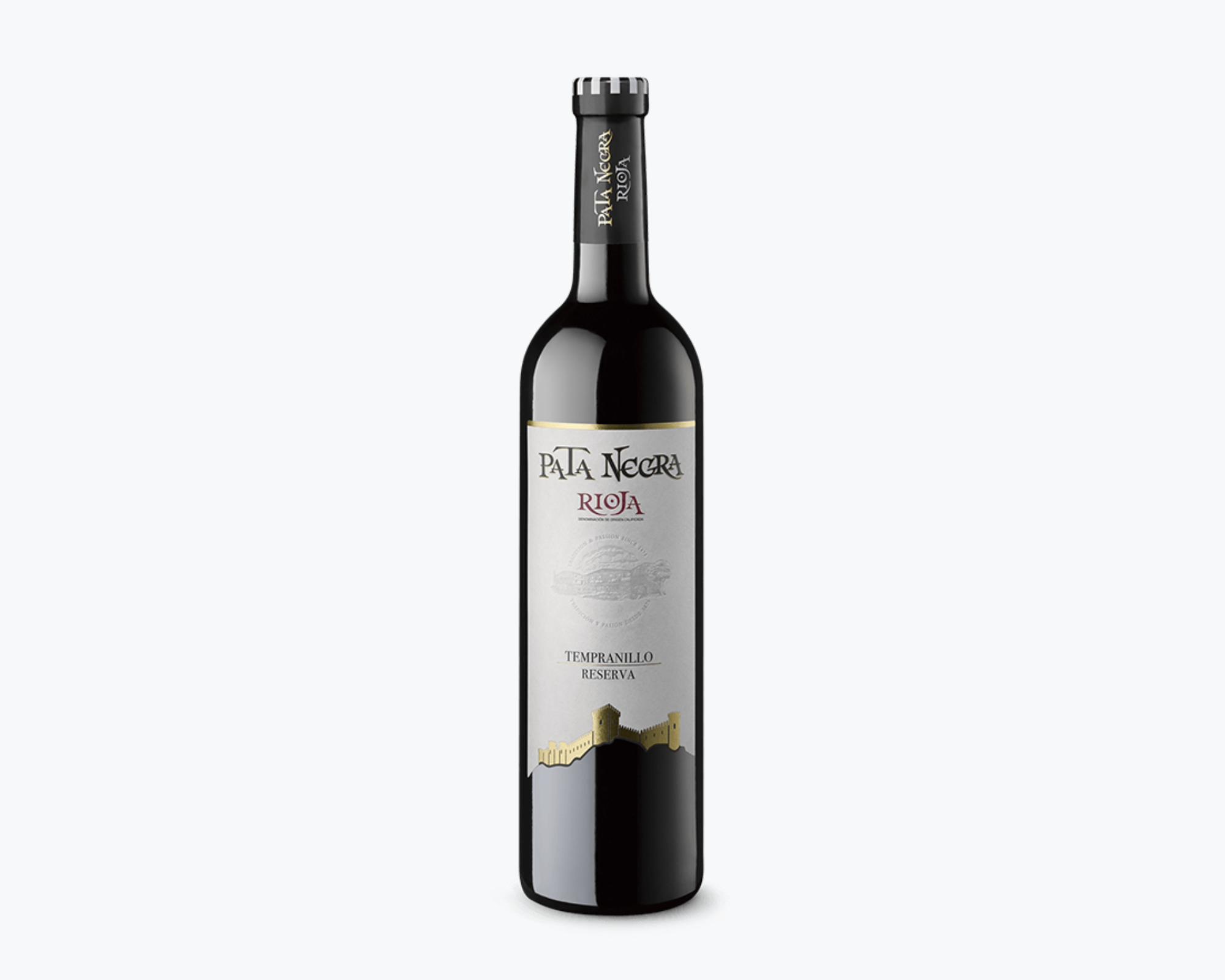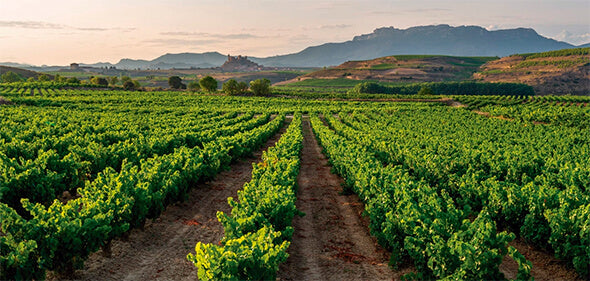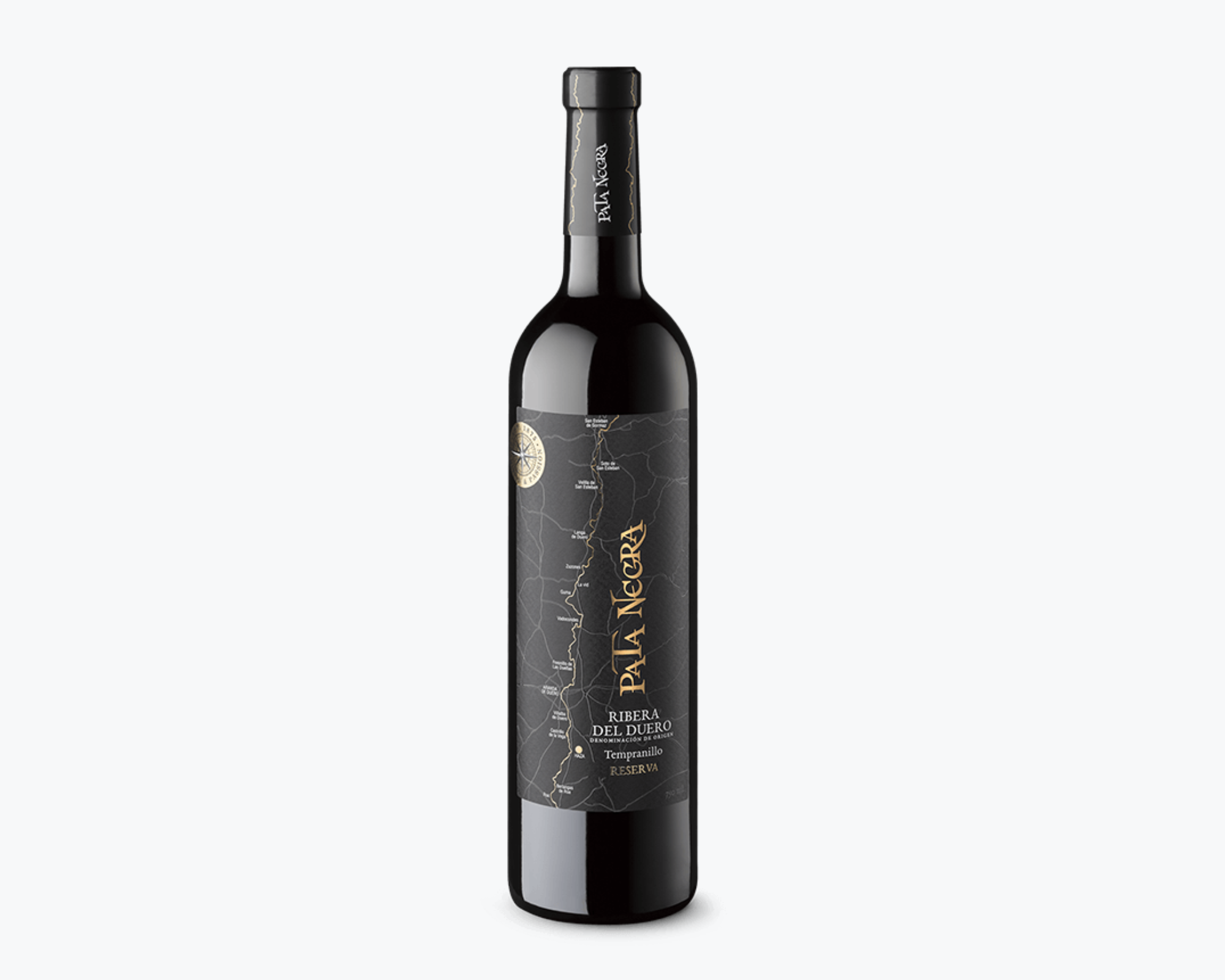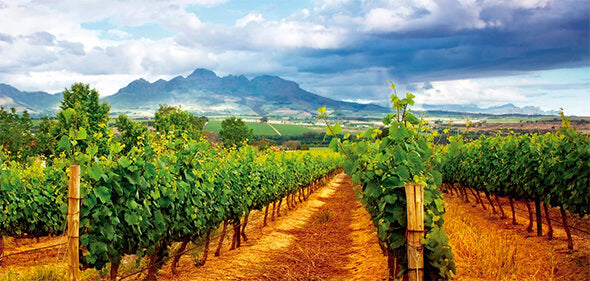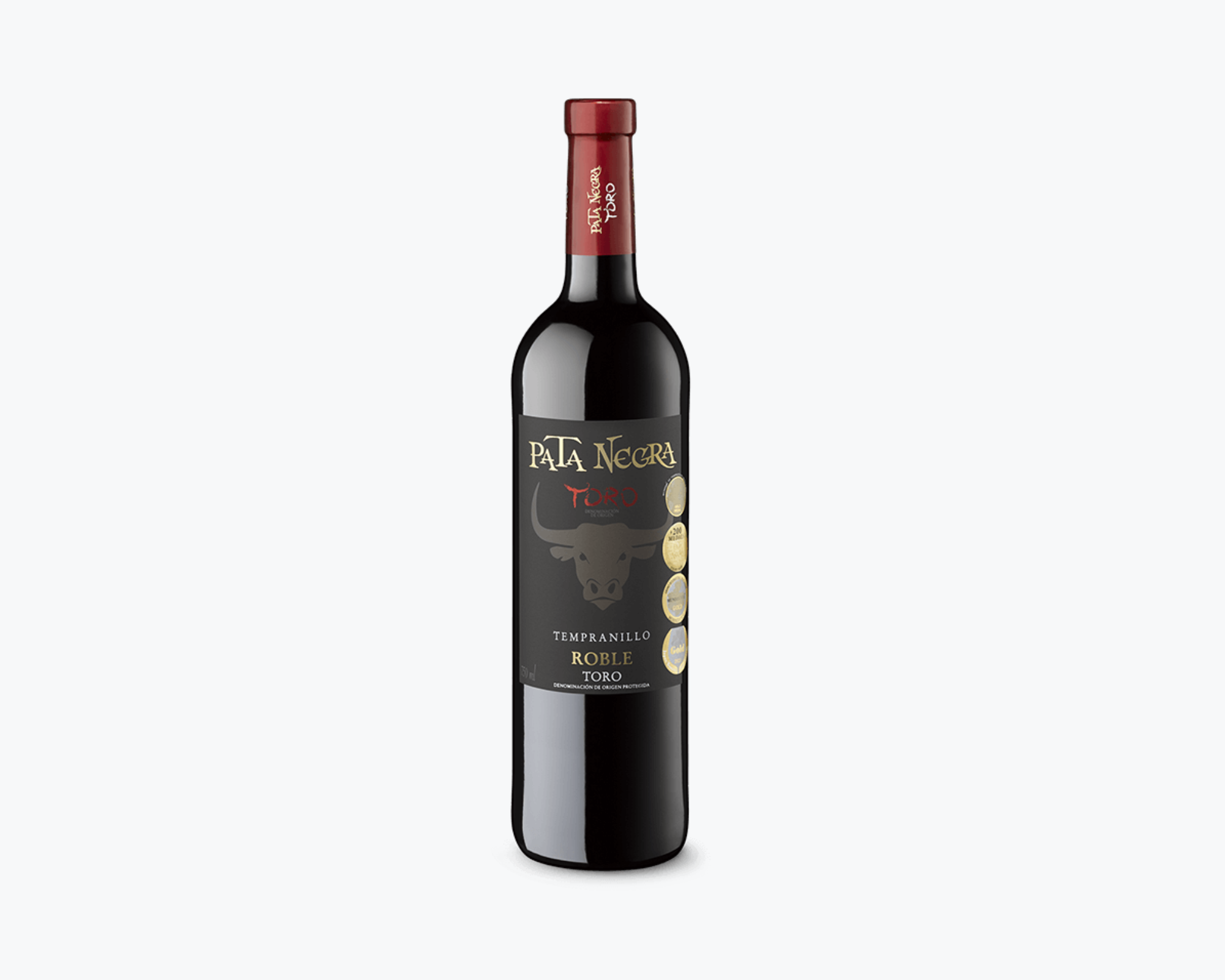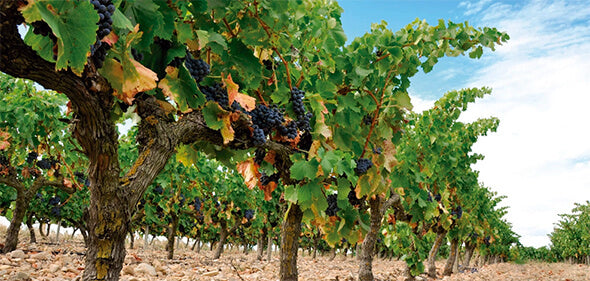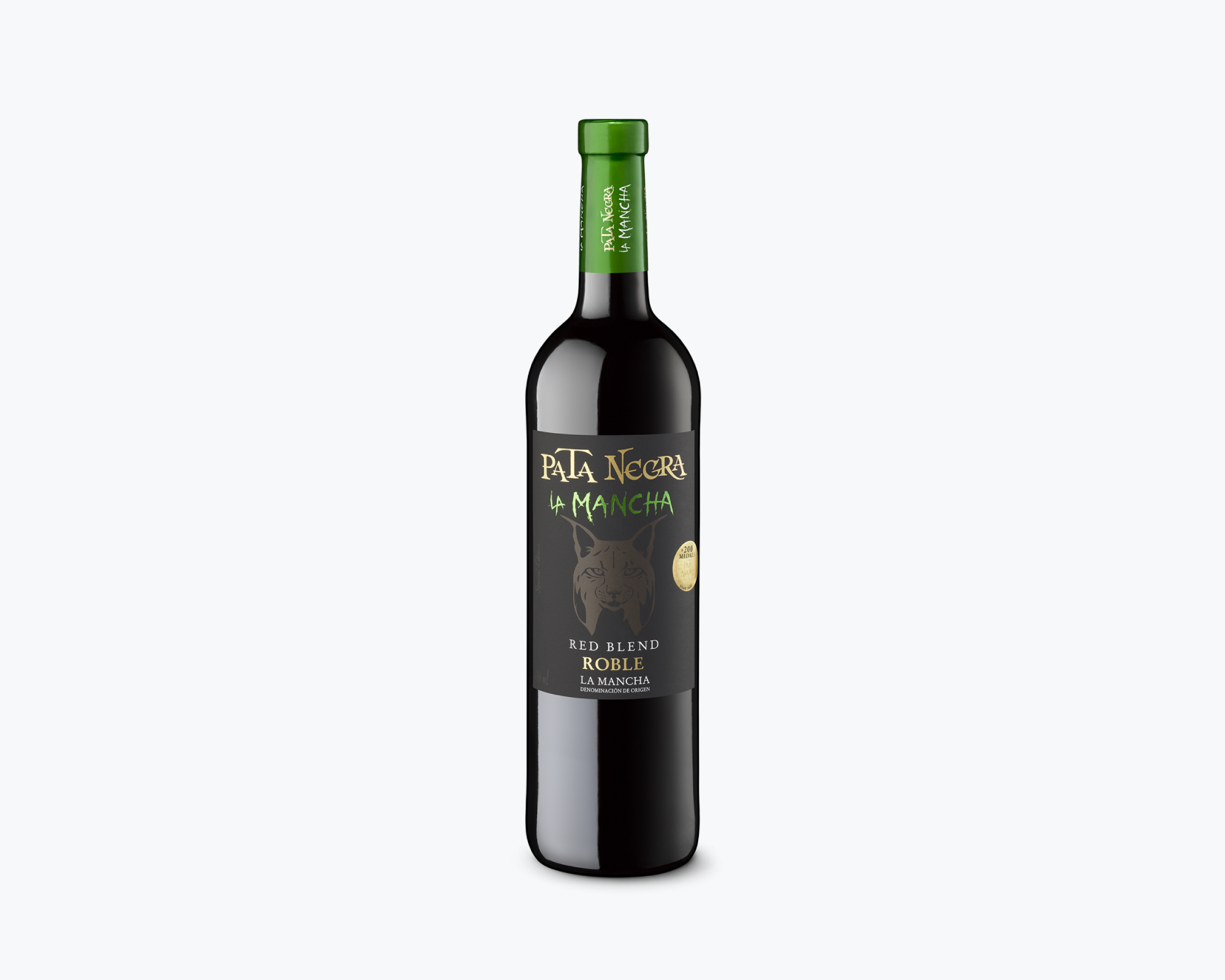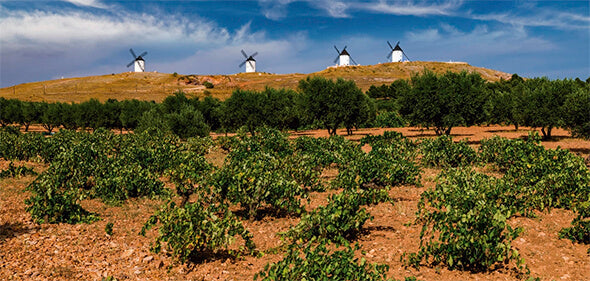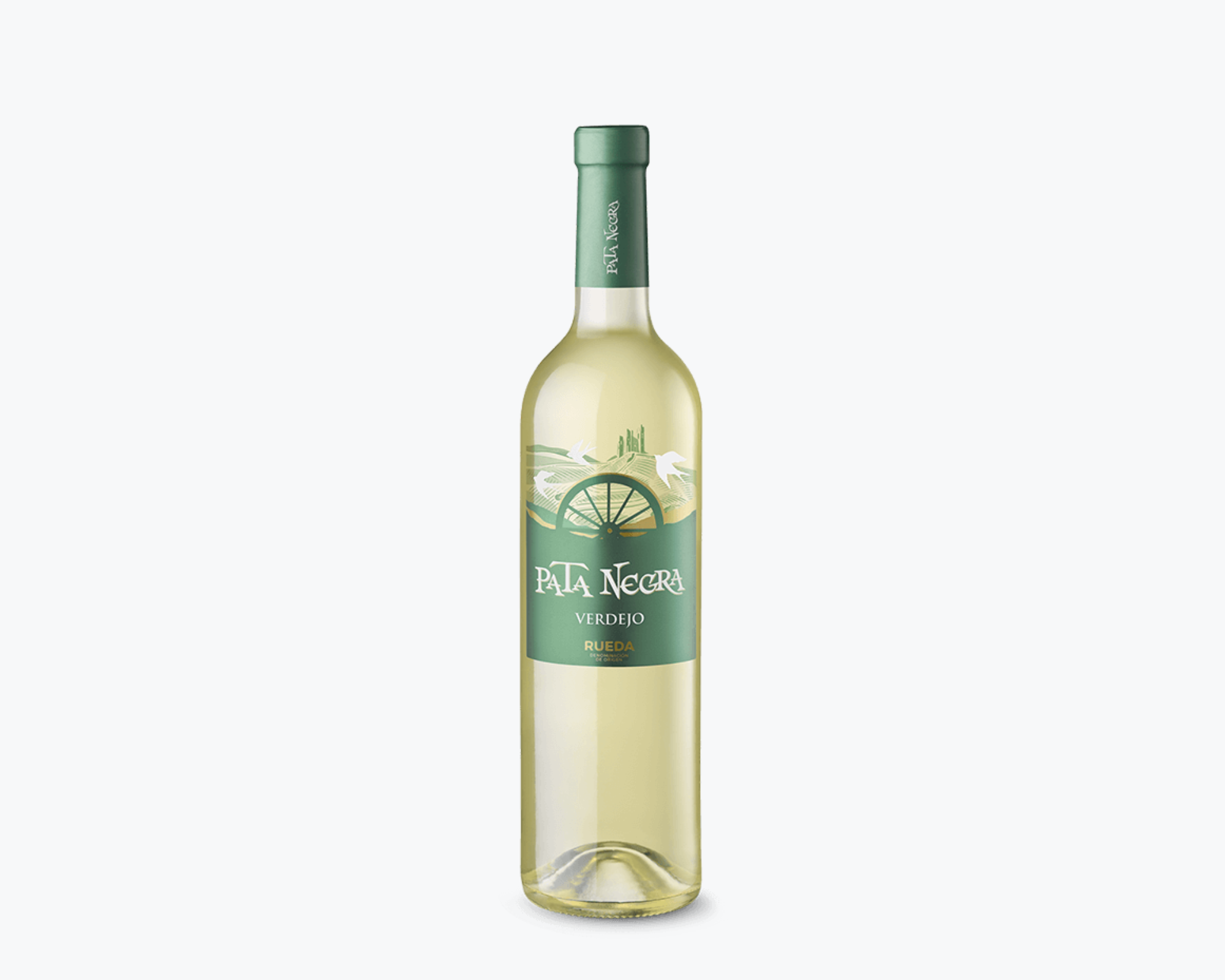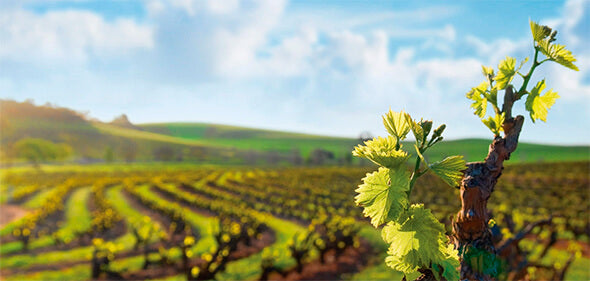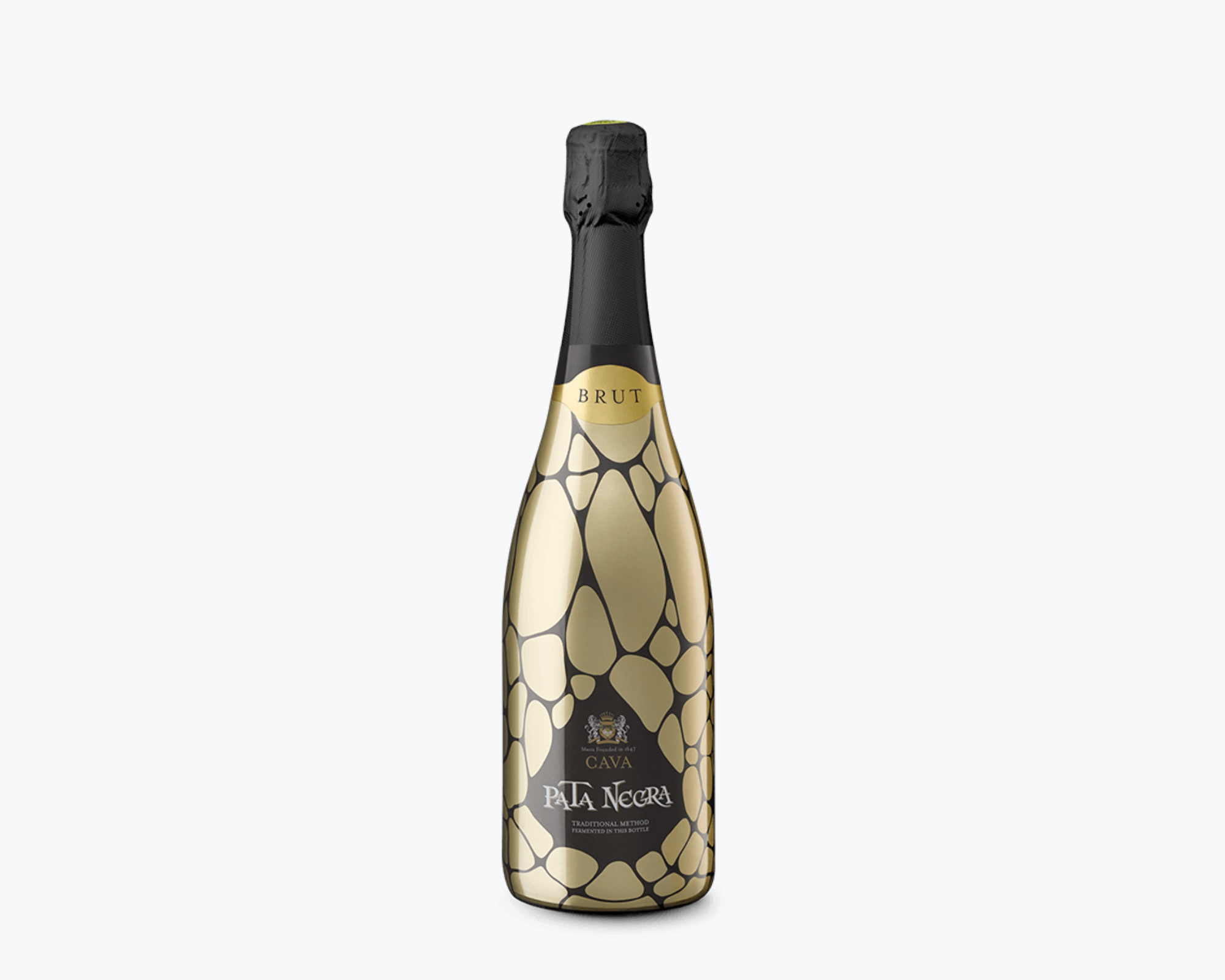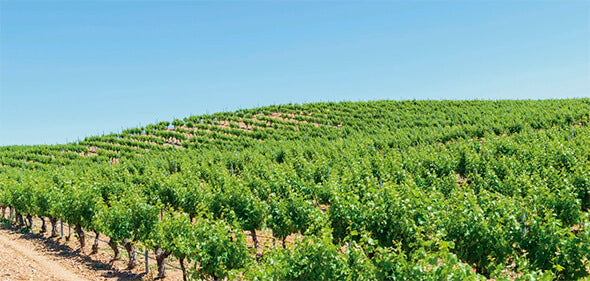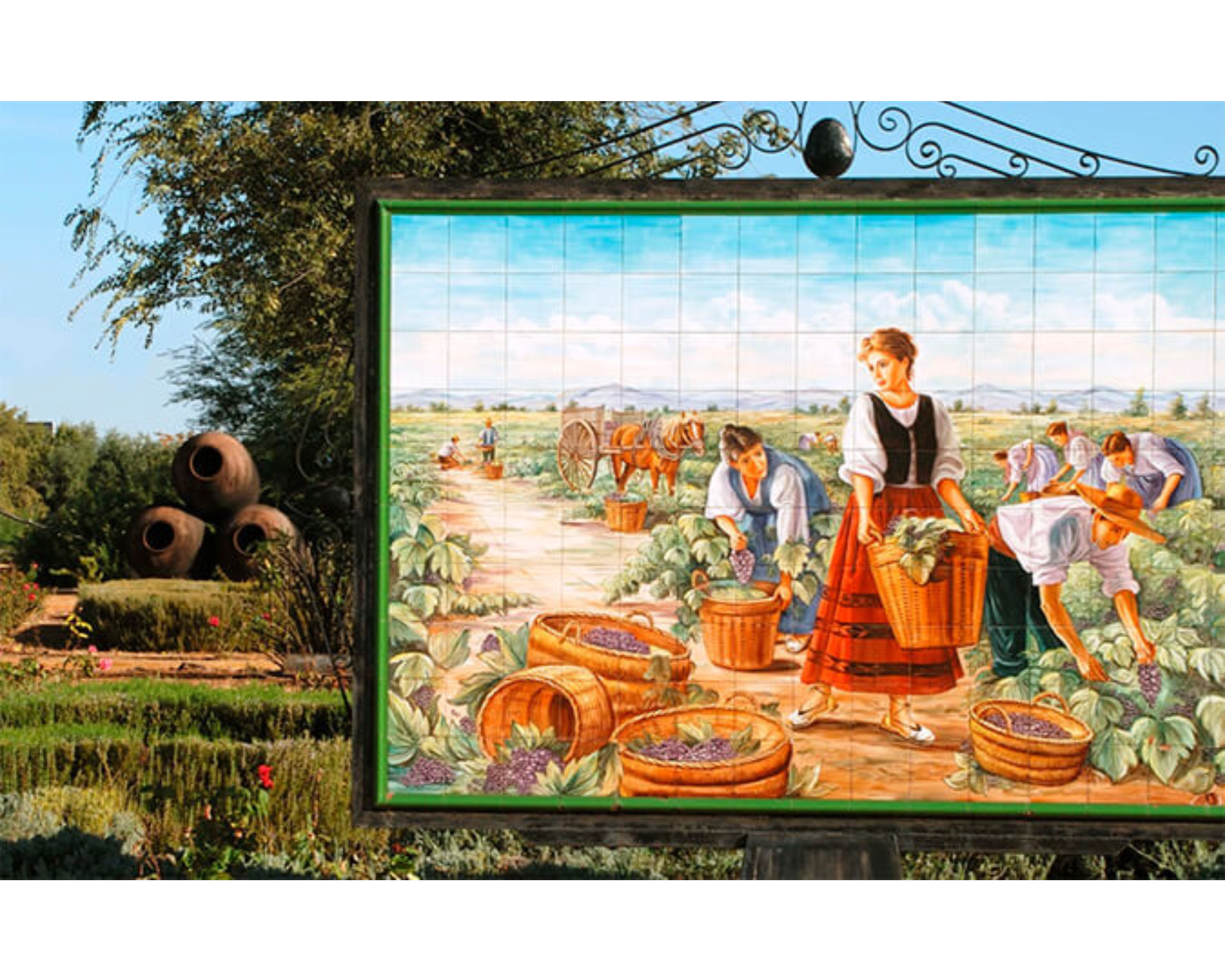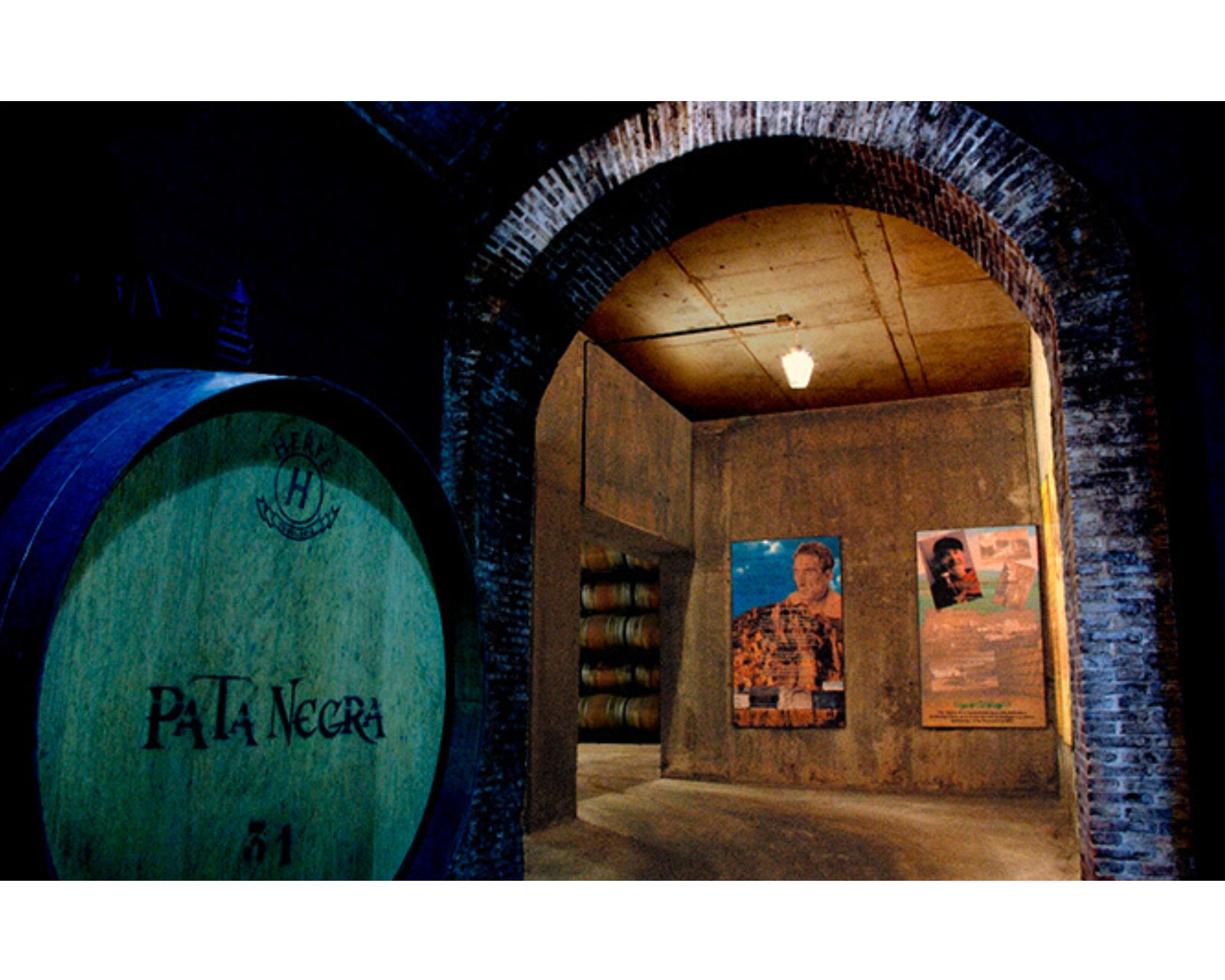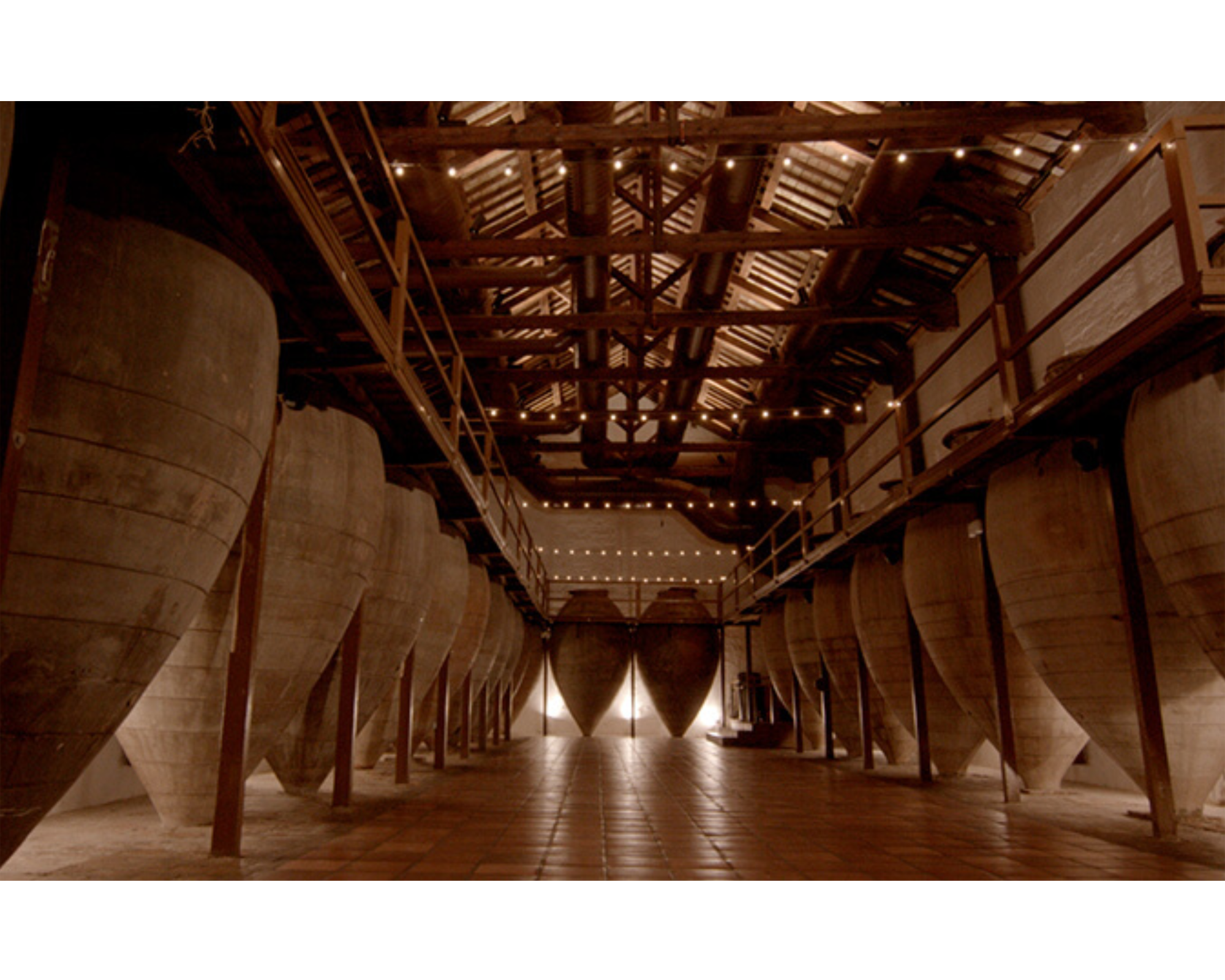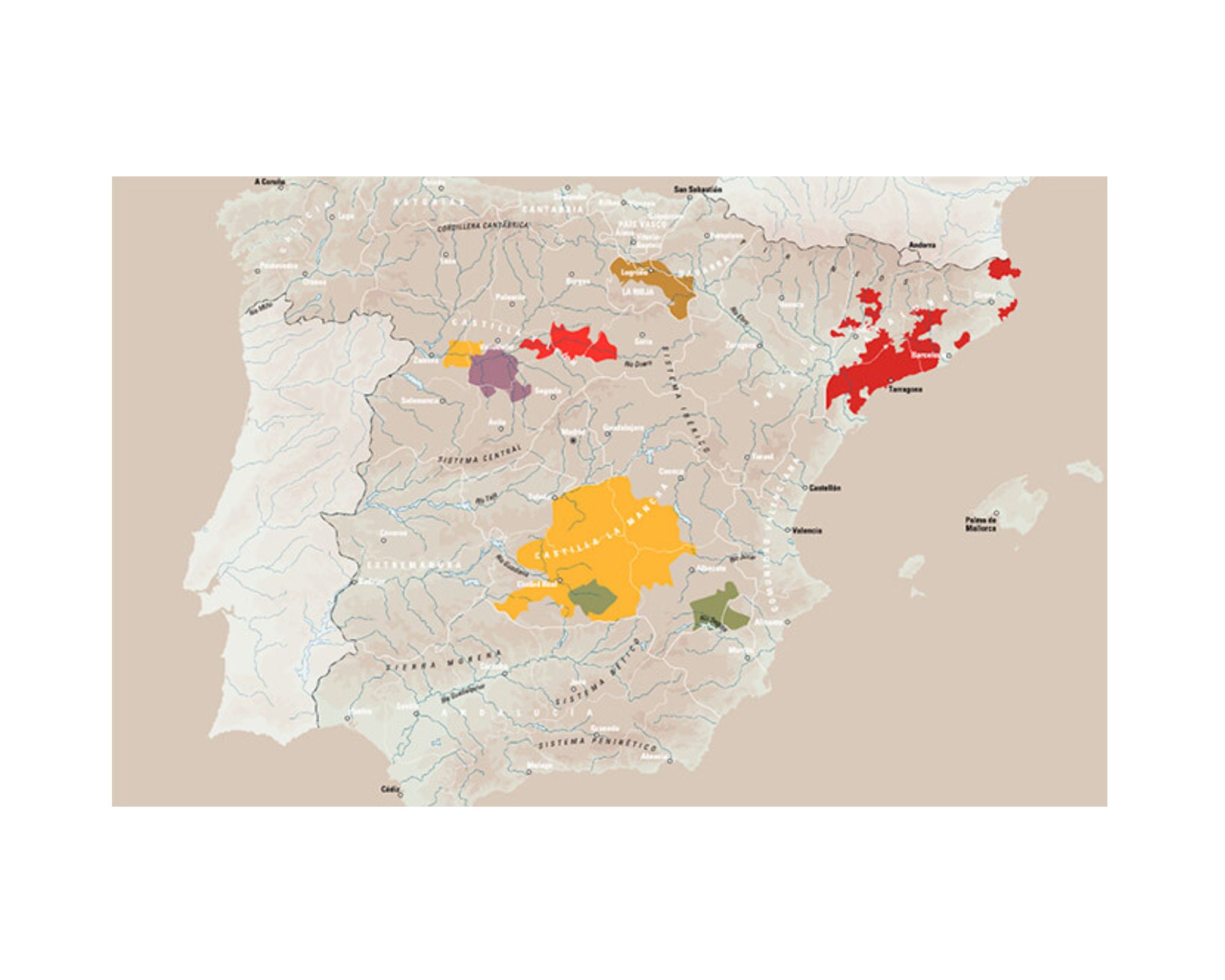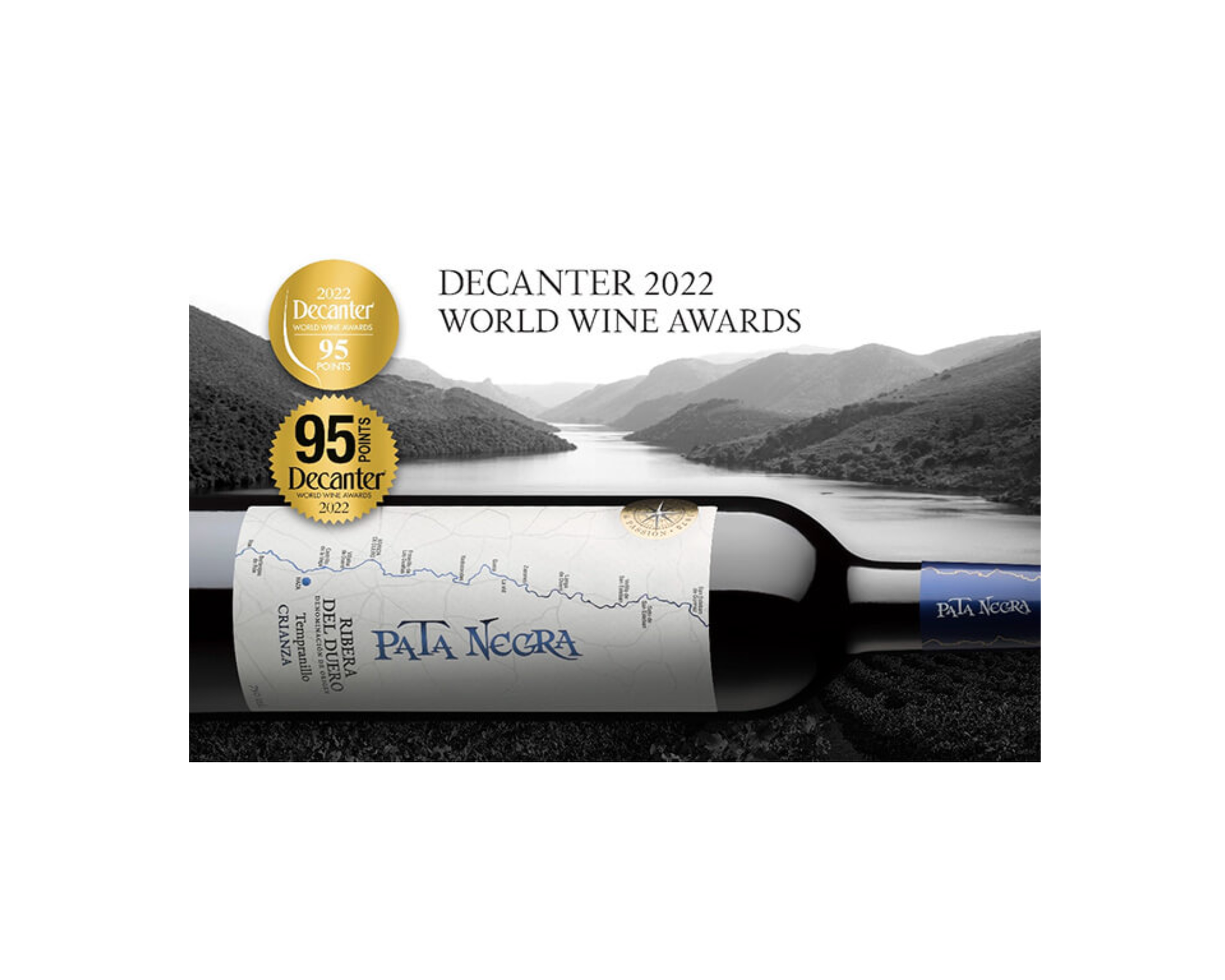A PATA NEGRA FOR EVERY MOMENT
― 8 designations of origin under one brand ―
Pata Negra represents one of the most revolutionary movements in the wine world in our country: using a single brand to encompass different designations of origin. A strategy that would change our history forever. Today, Pata Negra is present in Rioja, Ribera del Duero, Valdepeñas, Rueda, Toro, Cava, Jumilla, and La Mancha.
Pata Negra wines represent the flavors of our land and are ambassadors in more than 150 countries for the unique characteristics of each wine-producing region where we make our wines. Pata Negra has managed to conquer all palates thanks to its unparalleled quality, endorsed by various awards in leading national and international competitions, and has become a global example.
MUCH MORE THAN A SPECIAL EDITION
― Be Strong, Be Clever, Be Fast ―

In our commitment to the environment, Fauna Ibérica holds a special place. This edition helps us remember the importance of protecting our country's animal species, highlighting three animals characteristic of the Iberian Peninsula: the Iberian lynx, the fighting bull, and the Iberian wolf. We also include the Iberian fox. Pata Negra focuses on label designs featuring highly characteristic animals of Spanish fauna that are in some danger of extinction. We defend and value our fauna as we defend and value our land.
OUR HISTORY
―
We tell you our story, from its origins in Valdepeñas to its consolidation and worldwide recognition as a revolutionary brand built on the values of exclusivity, quality, and diversity.

